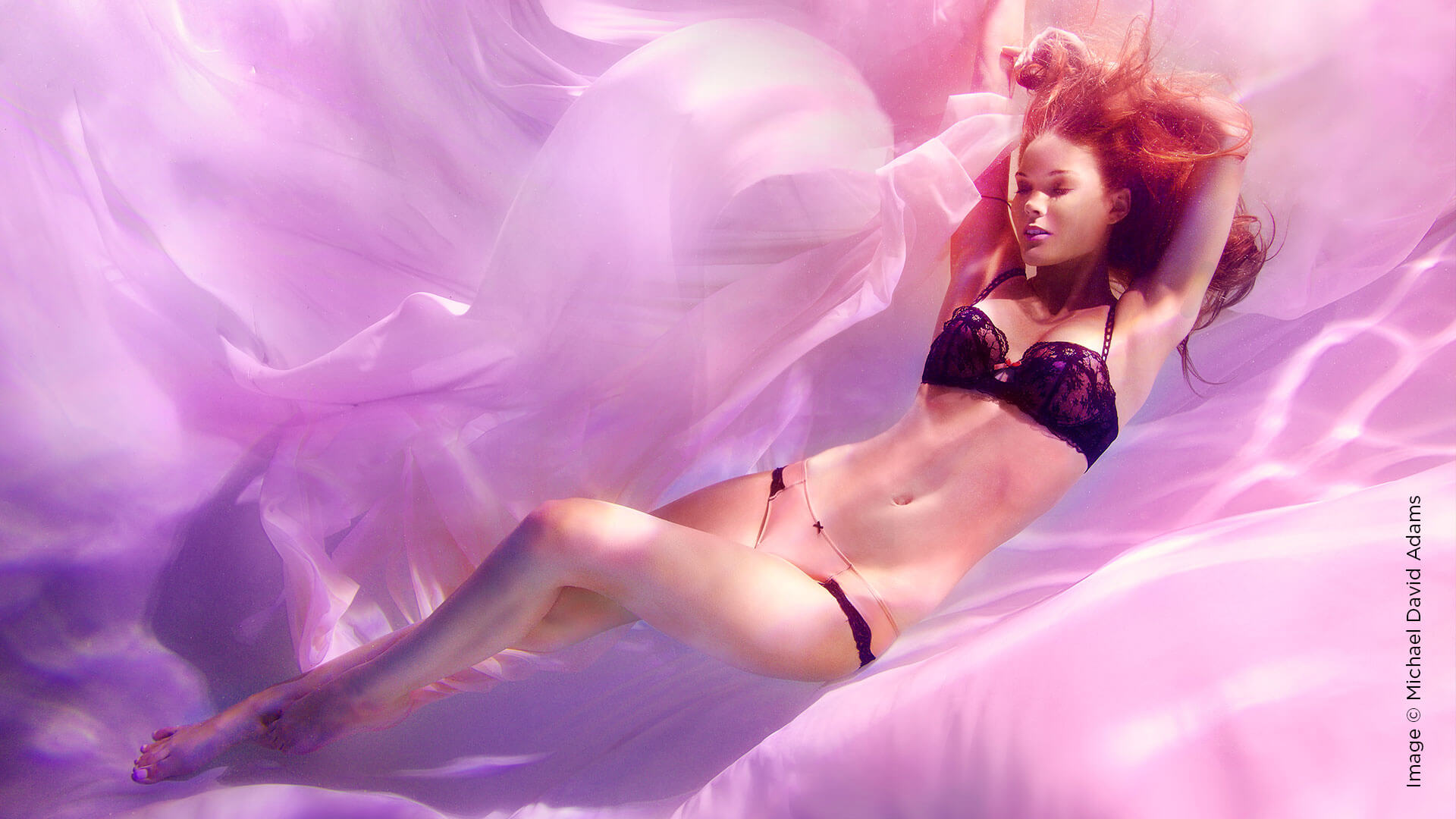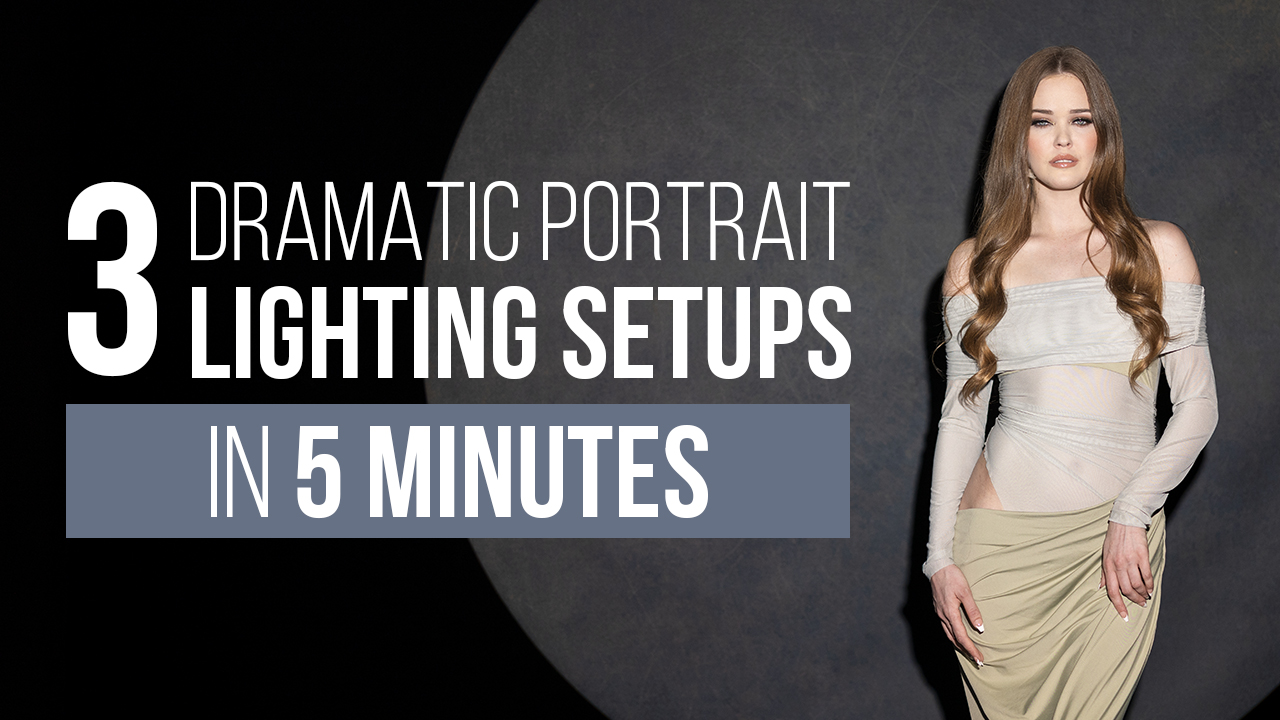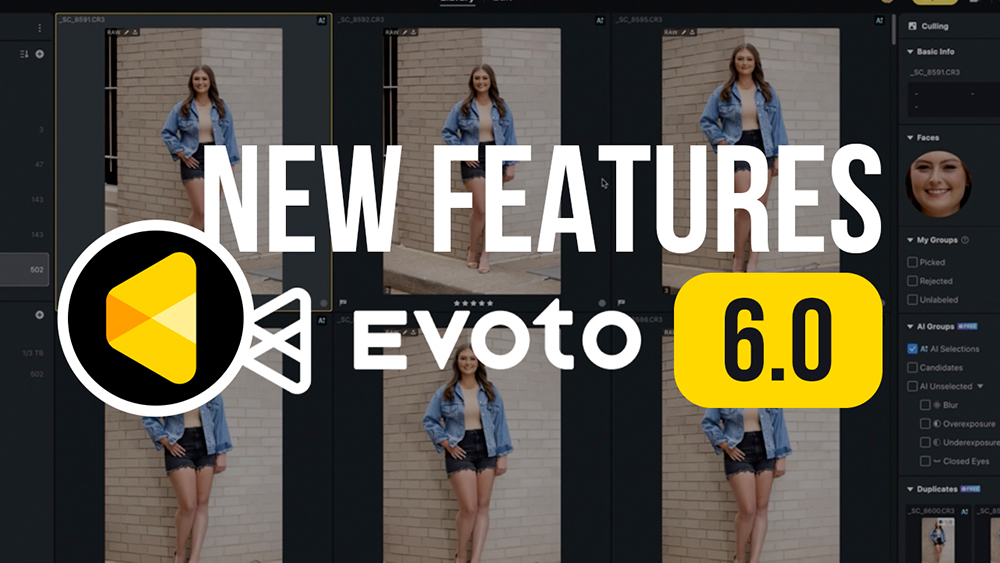5 Tips for Underwater Photography with Michael David Adams
Want more information on this article? Get access to video content and additional supporting images. Launch the July issue of the magazine by logging in or signing up for a free account by clicking here. Shutter Magazine is the industry’s leading professional photography magazine.
I have always had a great love and appreciation for water in all its forms, whether it’s the vast ocean or a calm inviting sea. My love for the tranquil visuals of water led me to underwater photography.
In 2010, while honeymooning in Croatia with my wife, Viktorija, who is a native of the beautiful coastal Mediterranean country, I had my first taste of underwater photography. A childhood friend of hers who is a scuba instructor and underwater wildlife photographer took us out to one of the many beautiful offshore underwater locations of Croatia.
It was at an ancient shipwreck right off the coastal town of Omiš, where my wife spent a lot of her childhood. We were free-diving in water that was 10 to 12 feet deep. It was easy enough to get to the bottom with the aid of a weight belt. A completely new world opened up in front of my eyes, and new photographic concepts came rushing to mind that would not be achievable without being submerged in water. As I stood on the bottom of that sea, with schools of fish swimming around me in the crystal-clear Croatian waters, I knew that this experience would be life-changing and add a new level to my photography and career.
My Underwater Setup
Equipment and lighting issues are always the two biggest questions I get about underwater shooting.
There are lots of different methods. I shoot underwater with the Nikon D800E and a 24–70 lens. I prefer zoom lenses because they allow you to change your perspective quickly. In the underwater environment, I find it works best for me if I’m as flexible as possible. In an instant, an unexpected movement or body position might look incredible at a different angle or lens perspective, and since you can’t change lenses, it’s best to have as much coverage with your lens choice as you can. I stay away from very wide-angle lenses because they distort the body too much. Wide lenses might be better suited for open-water situations rather than controlled pools, where I do most of my work.
If you are just starting out and have a small budget, the large Ziploc-style bags can be an option. But when you are ready to make a serious move, it’s time to invest in a hard case with more precise controls.
I use an Ikelite housing with an 8-inch acrylic dome. The larger dome is great for less distortion overall, especially toward the corners of the frame. It also improves or removes color aberrations.
The Ikelite housing is nice, as it affords you the opportunity to see inside the case to be sure everything is okay with it and that no water is leaking in. I look forward to upgrading my system soon to the Aquatica or Subal cases. The internal gears are precise and effortless. Another great quality of the Aquatica case is that you can change the strobe port adapters for your lighting cables to accommodate different lighting systems, making it more versatile for multiple applications and environments.
When it comes to lighting, I keep it simple. I have a few Ikelite heads that I use underwater, and if I need any extra lighting topside, I use Profoto, which I also use for studio and location work.
Underwater Photography Technique: Style
Flowing material is one element in underwater fashion photography that is always inspiring to see, as it is in studio and location shots. Achieving beautiful billowing fabrics underwater is challenging. I do a few practice runs with my models first to see how the material acts underwater, and then decide the best course of action.
Underwater Technique: Lighting
Remote sync/radio triggers do not work underwater, so you’ll need a comprehensive set of cords and adapters to make all your lighting work the way you want it to. Always make a plan and diagram for your lighting well before the shoot. Test all adapters, cords and strobe heads before your shoot, and check all rubber O-rings for any wear.
Underwater Technique: Execution
Another thing to keep in mind is the physical dimensions of the pool you are shooting in. You need enough room when working underwater, especially if you have multiple people down there with you. Pools that are 10 feet deep work the best for me. With a proper depth, the models have plenty of space to get their bearings and enough mental space to do the things that are asked of them. You will want to have some crossbars or a sturdy truss over the pool, or, if you’re on a budget, the foam float noodles will work, so the models have something to hold onto between shots to conserve energy.
Underwater Technique: Communication
It’s very important that you communicate clearly with your models before entering the water. They need to know exactly what you expect from them before making the plunge. Once you go underwater, a funny thing can happen to your brain. It’s easy to forget everything you were thinking about before you broke the surface, so take it slow and talk through your goals. I do breathing exercises with the models before we go under so we are in sync. Having everyone use oxygen equipment makes it easier, but then you need an even higher level of communication.
A Word About a Few Collections
Snow Drop is a series from my Story-Teller project and something of a collaboration with New York-based fashion designer Morgane Le Fay. These are the latest images from my underwater collections.
The series explores the story of what is now more commonly known as Snow White, but in this collection, I have gone back to the original fairy tale entitled Snow Drop from Grimm’s Tales. My vision and concept was to show Snow Drop when she was rendered unconscious by the Peasant’s wife (the Queen incognito) who poisoned her. I portray her state of mind and awareness of her situation.
In “The Witching Hour” she is having an out-of-body experience, floating above the forest where she had been poisoned. We see the gown from Morgane Le Fay floating with all its beautiful layers. In “Lucid Descent,” we see her consciousness during the same moment, knowing that she had been poisoned, and is portrayed submerged under the surface of the creek running through the forest (the water symbolizing the barrier of her consciousness); as she sinks deeper into her mental darkness, she’s more awake and aware than she has ever been. It highlights the details of the delicate garment.
Heavy Like Rain is a series focused on the lone silhouette of a woman in stark black-and-white contrast. We can feel loneliness and solitude, but at the same time, we can interpret these images as displaying power and confidence. This series highlights jewelry as the fashion element, from necklaces to belts and full-arm bracelets and cuffs. It also plays with the elements of air bubbles and how they can assume the role of adornments of the face and body. They define the shape of the body, as if it is encrusted in jewels. I played with the abstract in this series. In an inspired moment, I photographed the chaotic nature of the surface reflections to masterfully take these images to another place.
Visit MichaelDavidAdams-Underwater.com and MichaelDavidAdams-FineArt.com to see more of my work from these and other collections.








